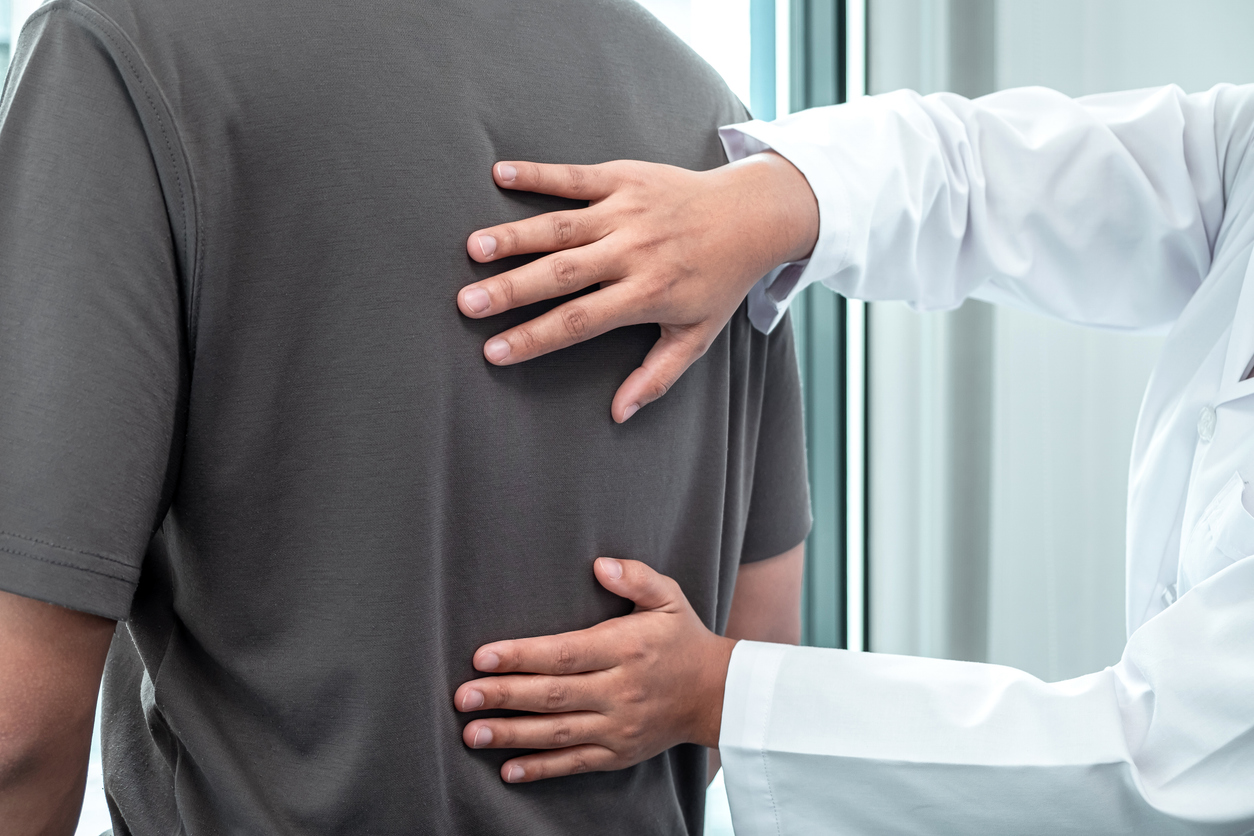Scoliosis
Your spine has natural curves. But when you look at it from behind, your spine typically appears straight. That’s not the case for people with scoliosis. Their spine curves to the left or right and sometimes causes significant deformities. In severe cases, the curve may reduce space for the lungs and make it hard to breathe.
Our spine specialists have the expertise and experience to treat this often-challenging spine condition.
What Is Scoliosis?
Scoliosis is a condition that causes an abnormal sideways curvature of the spine. Curves may appear on either side of the spine, making it look like an “S” or a “C.” The condition is usually diagnosed in children and adolescents and may be mild or severe.
What Are the Symptoms of Scoliosis?
People with scoliosis may have uneven shoulders or hips. It’s common for one shoulder blade to appear more prominent than the other. Also, one side of the rib cage can be higher than the other when leaning over. As the condition gets worse, back pain may develop.
What Causes Scoliosis?
Usually, doctors don’t know the cause of scoliosis. When the cause is undetermined, it’s called idiopathic scoliosis.
Sometimes, the condition runs in families, so genetics may be involved. Other factors that may cause scoliosis include:
- Injury
- Neuromuscular diseases that cause muscle loss or weakness.
- Problems with spine development.
- Surgery on the chest wall during infancy.
How Is Scoliosis Diagnosed?
Getting a medical and family history and doing a physical exam is important for making a diagnosis. Doctors typically ask someone to stand and bend forward at the waist. This position makes it easier to identify irregularities in the spine.
Doctors may order an X-ray to confirm the diagnosis. In some cases, neurological tests to check reflexes and muscle weakness, or an MRI scan, may help identify potential causes for the condition.
How Is Scoliosis Treated?
Scoliosis treatment varies depending on the severity of the condition.
People with mild scoliosis often don’t require treatment. We may recommend simply monitoring someone closely to make sure the condition doesn’t get worse.
Scoliosis tends to progress more often in girls than boys. Smaller curves are less likely to get worse over time than larger curves. When bones are no longer growing, scoliosis is also less likely to get worse.
Treatments we may recommend include:
We’re Right Here to Help
With unmatched experience in diagnosing and treating spine pain, your condition will be carefully evaluated by the team of experts at the Spine Center as we work with you to develop a customized treatment plan. Highly skilled and caring providers, plus state-of-the-art technology and treatments, means you’re at the right place for exceptional patient care.
Affiliations with OrthoCincy Orthopaedics & Sports Medicine and Mayfield Brain & Spine ensure you receive the highest possible level of spine care.


